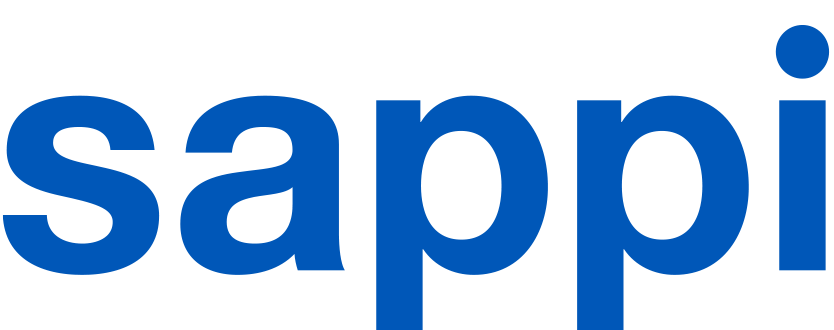
The key components of woodfibre include cellulose, hemicellulose, lignin and extractives. Both cellulose and hemicellulose are polysaccharides containing many different sugar monomers which can be extracted from pulping streams for ultimate beneficiation to higher-value biochemicals. Hemicellulose is a byproduct of the dissolving pulp production process and the extracted sugars stream enables the production of xylose, xylitol and furfural.
Second-generation sugars
In partnership with Valmet, we developed and commissioned a hemicellulose sugar extraction demonstration plant at Ngodwana Mill in South Africa to extract C5 sugars. This development, coupled with the acquisition of the novel Xylex technology enables Sappi to offer purified xylose sugars. A low-calorie sweetener, xylitol has positive dental properties and produces no insulin response and is suitable for diabetics.
In nature, xylitol is found in certain fruits and vegetables in small amounts, making its extraction difficult and uneconomical. We’re now assessing the industrial-scale operability of the technology to extract and purify hemicellulose sugar streams extracted from the wood pulping process, for downstream technologies.
Importantly, the sugars we’re targeting are known as ‘second-generation sugars’. In other words, they are not derived from a crop like sugar cane. Second-generation sugars are attractive because they do not compete with first-generation sugars sourced from agricultural crops.
Bio-renewable chemistry
Derived from C5 sugars with a diverse range of derivatives, furfural is a versatile green industrial chemical used as foundry resin, as a solvent for refining lubricating oils, as a fungicide and weed killer and in the production of tetrahydrofuran, an important industrial solvent. It was one of the first bio-renewable chemicals produced from biomass and has an established and growing market, where it competes with oil-based alternatives. It can be produced from the hemicellulose fraction of a number of biomass sources or agricultural residues such as bagasse and corncobs.
The xylose fraction in the pulping liquors from various mills has been identified as a possible source of furfural feedstock. To leverage this opportunity, we plan to establish a furfural pilot plant at Saiccor Mill in South Africa. The plant will illustrate the technology, produce commercial samples and provide greater clarity on process economics.
Our aim is to open up new revenue generation opportunities in the xylose/xylitol and furan chemistry value chains.
Using bagasse at Stanger Mill
One of the ways we tread more lightly on the Planet in South Africa is by using sugar cane waste residue, generally known as bagasse, in the manufacture of office paper and tissue wadding at Stanger Mill.
This innovative solution is made doubly sweet by the fact that the bagasse supplied to the mill is depithed, and the pith given to farmers as a soil enhancer. Bagasse is essentially an organic fertiliser which can help to reduce the use of chemical fertilisers, thereby minimising environmental pollution. Research has shown that the use of bagasse leads to improved crop productivity.


















